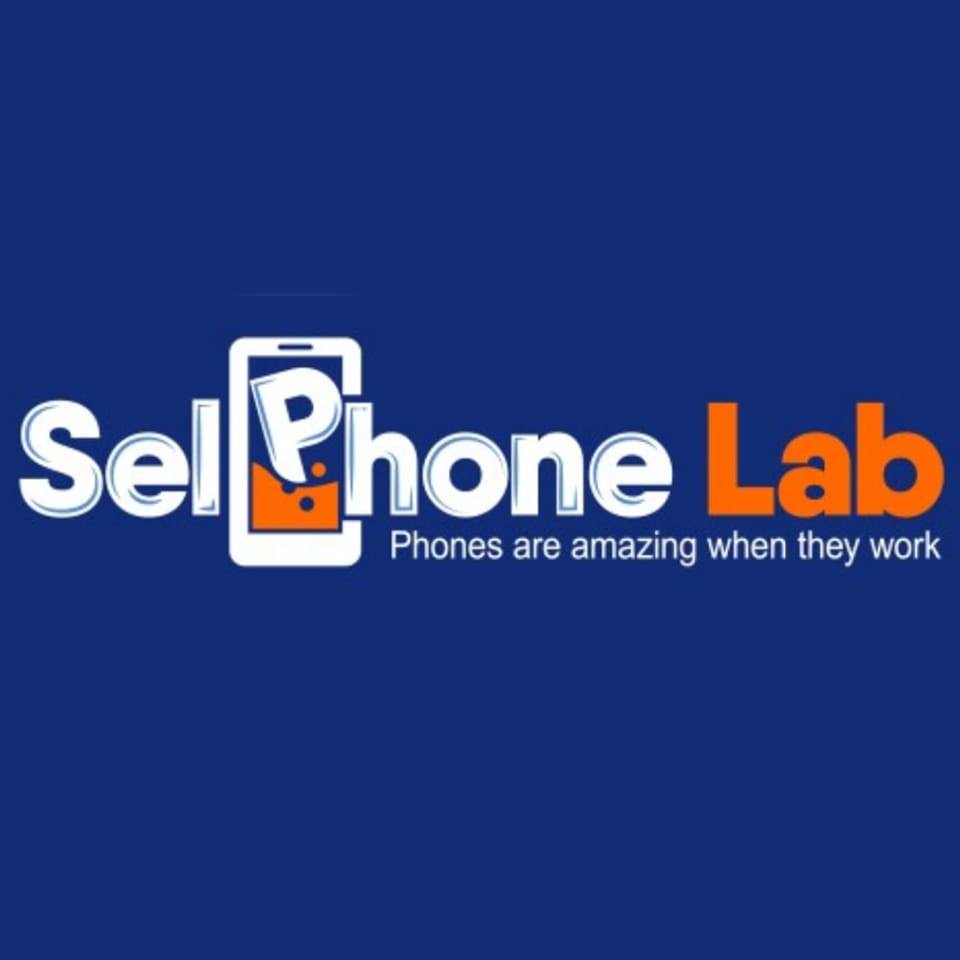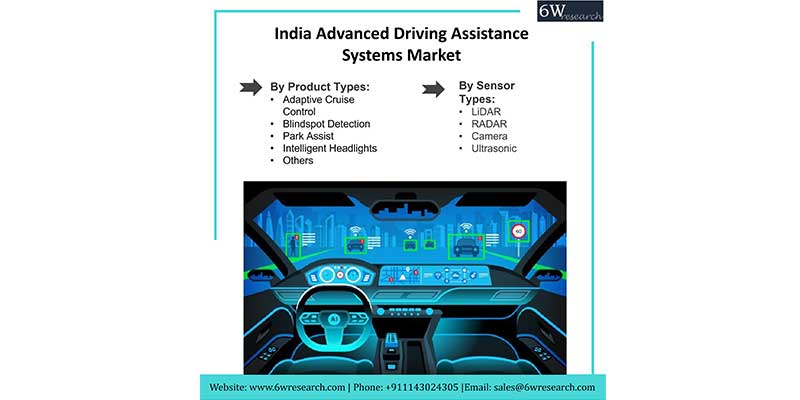It is safe to say that you are feeling the heaviness of making your site available to those with inabilities however don’t have the foggiest idea where to start? There’s uplifting news for you. You simply need to make a couple of slight changes to your website pages (and pictures) to get them out of the dull ages. All things considered, there are one billion individuals on the planet encountering a type of inability. So it very well might be a smart thought to raise your site to an acceptable level for 15% of the total populace. Our group at Voices.com had the option to find two web availability specialists to assist you with transforming your site into a page nobody will need to leave. They’ll give you some significant hints and deceives that they’ve instructed to many others for quite a long time. In this article we’ll push you to:
- Find out about the Web Content Accessibility Guidelines
- Comprehend the six center aptitudes (counting alt text for pictures) to use to improve your site’s availability
- Sort out what a screen peruser is and how they work
- Feature the fundamental ways sites are abusing some extraordinary available web apparatuses
- Leave you with a modest bunch of instruments to assess and additionally improve your site’s availability
Web Content Accessibility Guidelines
In the realm of web substance and openness, the Web Content Accessibility Guidelines offer principles for all engineers and fashioners to highlight. These rules, frequently alluded to as WCAG, were created by the World Wide Web Consortium (W3C) and their Web Accessibility Initiative. The WCAG is broadly viewed as the global norm for web availability. The rules are continually being amended to guarantee they keep awake to-date with regular practices.The WCAG is for:
- Web content engineers
- Web writing apparatus designers
- Web openness assessment device designers
- Others requiring a norm for web openness or portable availability
6 Simple Steps to Make a Website Accessible
So what does incorporating openness contemplations from the get-go in the process resemble? It’s simpler than you may might suspect. Phil Kragnes, chief of PC facilities at the University of Minnesota, alongside his group, have built up a strong site revolved around six center abilities for you to improve your site’s availability, called Accessible U. The six straightforward strides for availability are:- Headings and Document Structure
- Hyperlinks
- Video Captions
- Shots and Numbered Lists
- Shading and Contrast
- Picture Alternative Text
Open Rich Internet Applications
Another significant disclosure for web openness was the making of Accessible Rich Internet Applications, normally alluded to as ARIA. ARIA is a bunch of characteristics that assist make with webbing substance and applications more open. It’s especially valuable in making dynamic substance and progressed pages simple to use for individuals with incapacities. ARIA permits a client to broaden HTML, add new traits and that’s just the beginning. At the point when utilized appropriately, ARIA bolsters better client association, principally with non-standard gadgets and controls (for example sliders, tree gadgets, matrices of information, accounting pages, complex menus, tab boards, and so on) ARIA has huge loads of incredible gadgets and controls that an engineer can use to manufacture and upgrade availability. Dominating ARIA’s gadgets and controls is critical to giving your clients an awesome encounter on your page.Screen Readers
A vast dominant part of web openness gadgets or controls exist to help impaired clients, as Phil, maximize their screen perusers. A screen peruser is a product that is incorporated straightforwardly into a PC’s working framework (Mac, iOS gadgets, Windows, and so on) The screen peruser changes text over to discourse and gives an electronic voice over that outputs and peruses site pages for the client. While it’s elusive the worldwide numbers on the all out number of screen peruser clients, Jared Smith and his group at WebAIM have gathered some fascinating insights. Jared is the partner head of WebAIM, a non-benefit web availability consultancy based out of the Center for Persons with Disabilities at Utah State University in Logan, Utah. WebAIM’s essential mission is to teach and enable individuals to fabricate and keep up the availability of their own sites. They do this through preparing, assessment, testing and giving documentation on where a site is at with openness and how to improve it. They additionally produce exhaustive yearly studies of the handicapped network on different web openness issues. Out of the 1792 screen peruser clients they surveyed in an October 2017 review, 89.2% (1,585 respondents) said they utilize the screen peruser because of a handicap. Notwithstanding, 10.9% (192 respondents) said they didn’t have a handicap. As far as the inability types utilizing screen perusers, 75.8% (1,358 respondents) were visually impaired, 20.4% have low vision/outwardly weakened and 5% (90 respondents) were hard of hearing/nearly deaf.What an Inaccessible Website Sounds Like
Envision tapping on an article that intrigues you, however when you open it up, the entirety of the content is organized in the equivalent, lowercase style. There are no headings or subheadings to assist you with examining the substance. It just resembles a mass of text. How long would you read through prior to surrendering the substance? On the off chance that your site isn’t open, you might be making a fundamentally the same as experience to the one we just depicted. Yet, don’t believe us. Here’s an extraordinary video model that shows what an out of reach and an open site seems like on a screen peruser.Regular Web Accessibility Mistakes
As per Jared, while it might appear as though an absence of assets and innovation is restricting the web from raising its benchmark openness, the main problem is essentially an absence of training or abuse of innovation. Jared, who has his Master’s Degree in Instructional Technology, has gone through 20 years preparing a huge number of engineers far and wide in website architecture, advancement, and availability. The abuse of elective content for pictures is a significant purpose of dispute for him. “It is one of those essential parts of openness. It’s unimaginably effective for clients with visual handicaps. There’s a great deal of subtleties to very much made elective content. Here and there, elective content is one of the most troublesome things that we educate, [but] it’s likewise one of the most usually ignored parts of openness. Despite the fact that we were discussing it in 1999,” Jared says. Here is a consolidated rundown, from Jared and Phil, of the few different ways that fashioners, engineers, and page creators are abusing instruments to make pages web open:- Ill-advised utilization of heading labels
- Sites intended to be communicated with carefully through touch or a mouse
- Need or unseemly utilization of milestone districts in ARIA
- Protracted sections of alt text
- Not giving pictures a document name and keeping the protracted Google Image way (for example 4b7aa1b4a357de003932783f4d5ddeb0738856b2_web-availability cover)
- Portraying an outline/diagram in realistic detail, rather than depicting central matters (for example diagram demonstrating the relationship among’s activity and length of rest)
- Abuse of ARIA jargon (stacking additional ARIA HTML content up and over of an ineffectively planned site page), prompts a very laggy client experience
- Absence of testing with ARIA (for example having somebody with a screen peruser attempt to cooperate with the application or page after turn of events)
- Engineers not after ARIA particulars (for example not utilizing the markup and code effectively)



